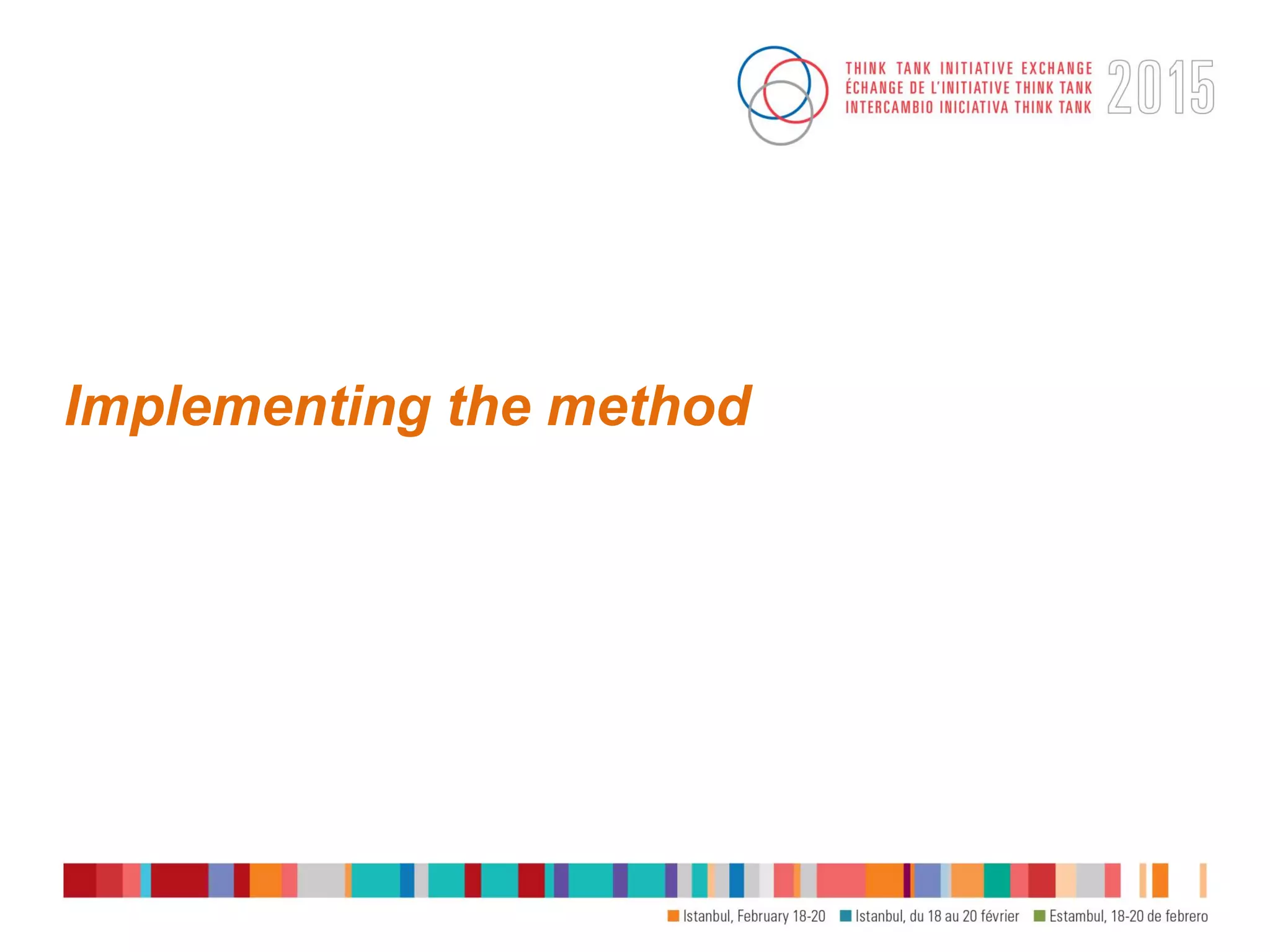This document summarizes a study that evaluated the impact of formality on micro enterprise performance in Lima, Peru. The study used an encouragement design where 300 micro enterprises were randomly selected to receive an incentive to obtain an operating license, while the remaining 304 firms served as the comparison group. Surveys were conducted with all firms at baseline and over two and a half years to measure outcomes. The results found that operating with a municipal license had no statistically significant effect on firm performance measures like revenues, profits, employment levels, or access to credit. This suggests that simply providing licenses may not be enough to improve firm performance, and that formalization programs require a broader scope. The findings provide relevant evidence for policymakers on the limited impacts of






















